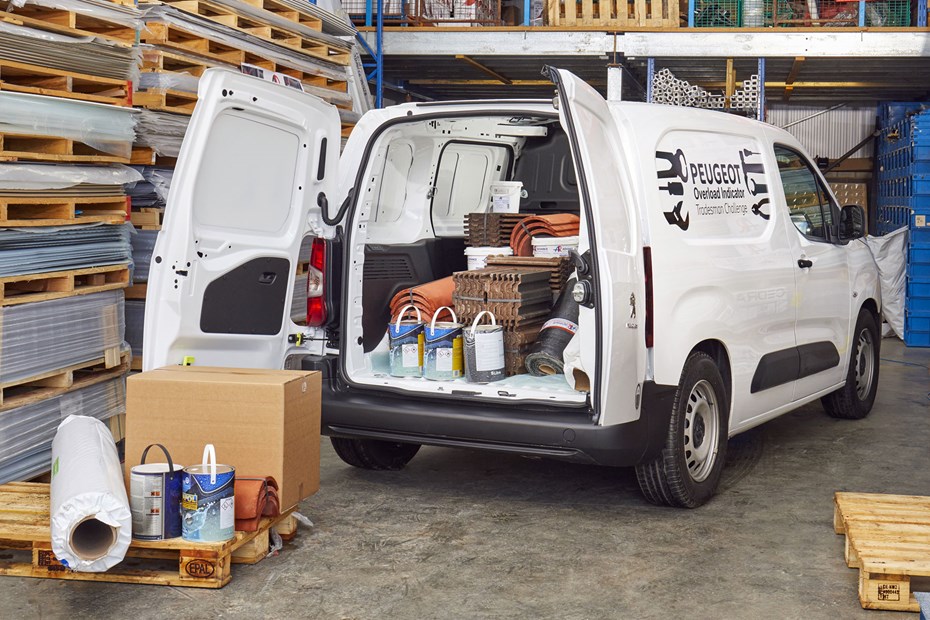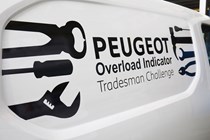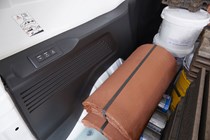Peugeot has been examining data from the Driver and Vehicle Standards Agency (DVSA), and found that almost a quarter of all vans stopped for roadside testing since 2015 have exceeded their maximum payload rating. This is not only dangerous, it could land the driver in court for breaking the law.
In response to this information, Peugeot has come up with a Tradesman Challenge that demonstrates safe loading and the innovative Overload Indicator feature that’s available on the Partner van.
>> Sign-up for the Parkers Vans and Pickups newsletter
What research has Peugeot carried out?
Peugeot UK sent a freedom of information request to the DVSA, asking how many light goods vehicles (vans) had been found exceeding their maximum payload capacity during DVSA roadside testing – and the percentage by which they had exceeded their limit.
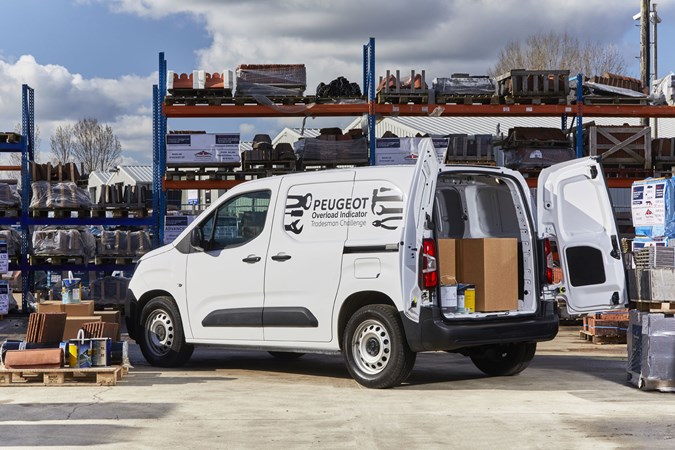
The DVSA sent back info covering 44,000 roadside tests of vans, starting in 2015, and this revealed that a considerable 23% – that’s nearly one in four – vans were over their payload limit.
What’s more, 7% of vans tested were found to be 15-30% over their payload rating, increasing the seriousness of the offence, the fine, and the danger to the van’s occupants and other members of the public.
Why is overloading a van dangerous?
Vans are tested to certain standards, and if you exceed those standard you are likely to cause increased wear and tear, resulting in early breakdowns and potential sudden failures of critical components. Such as the suspension, brakes and tyres.
Overloaded vans also take longer to stop as braking distances are increased by the additional weight, and will also have compromised handling in the corners. They will also accelerate more slowly and use more fuel.
What are the penalties for an overloaded van?
If you’re found to be over the payload limit of your van by even the tiniest amount the very minimum charge you will face is a £100 Fixed Penalty Notice (FPN) fine, though a 5% leeway is permissible by the examining DVSA officer.
If you’re over the payload by 10 up to (but not including) 15%, the Fixed Penalty Notice increases to £200, and over 15% it’s £300.
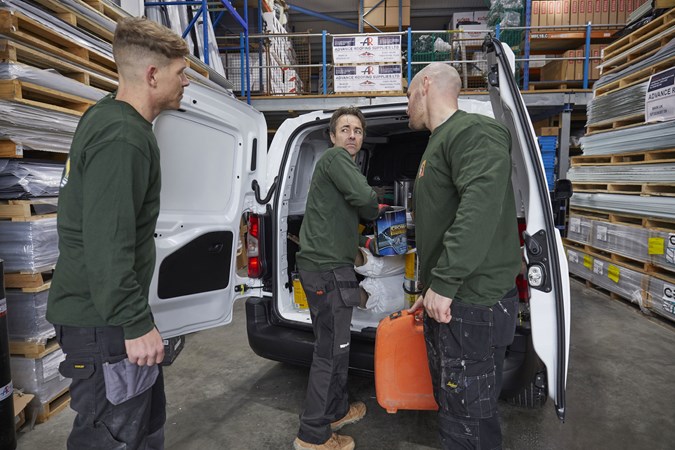
However, if you’re more than 30% over the payload limit you would face a court summons instead. Similarly, if the overloading is found to be the cause of loss of control of the vehicle (even just ‘serious instability’), this will also result in a court summons.
What’s more, if your van is stopped by the DVSA and found to be overloaded, you won’t be allowed to continue your journey until the excess payload is removed. And don’t forget, the payload rating has to include the weight of the people on board – it’s not just the stuff in the back.
What’s this Peugeot Tradesman Challenge about, then?
The latest Peugeot Partner is available with a built-in Overload Indicator, so Peugeot challenged a team of electricians and team of plumbers to see which could get closest to the van’s maximum payload rating without exceeding it.
You can watch the result in the video below.
How does the Peugeot Overload Indicator work?
It’s a two-stage electronic system that warns you when you get within 10% of the Partner’s maximum gross vehicle weight (GVW), which defines the payload limit, as well as when you’ve exceeded it.
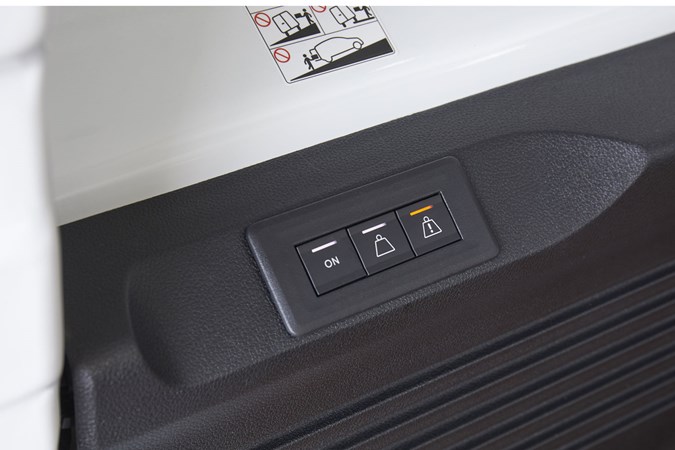
The warnings come in the form of flashing alerts at the rear of the van and in the instrument cluster. The system uses built-in sensors to detect the weight; the reliability and accuracy of these over time remains to be seen, but it is great to see a van maker innovating in this area to help drivers avoid fines and stay safe.
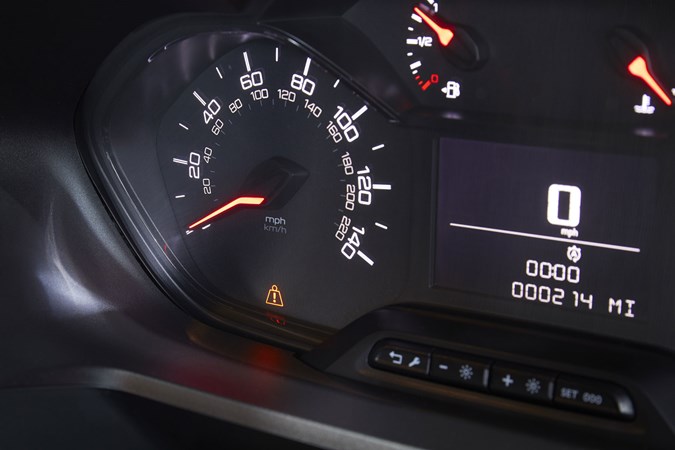
The Overload Indicator is fitted as standard on the Grip trim level, and a £240 option (at the time of writing) on other versions of the Partner.
Are there similar systems on any other vans?
Overload indicators are also available on the Citroen Berlingo van and Vauxhall Combo Cargo – but that’s hardly a surprise, as beneath the branding these are all the same van, and all part of the PSA Group family.
Also read:
>> Our main Peugeot Partner review
>> Van braking distances explained – loaded vans take 33% longer to stop
>> Coronavirus (COVID-19) advice for van and pickup drivers
>> Sign-up for the Parkers Vans and Pickups newsletter
Just so you know, we may receive a commission or other compensation from the links on this website - read why you should trust us.


